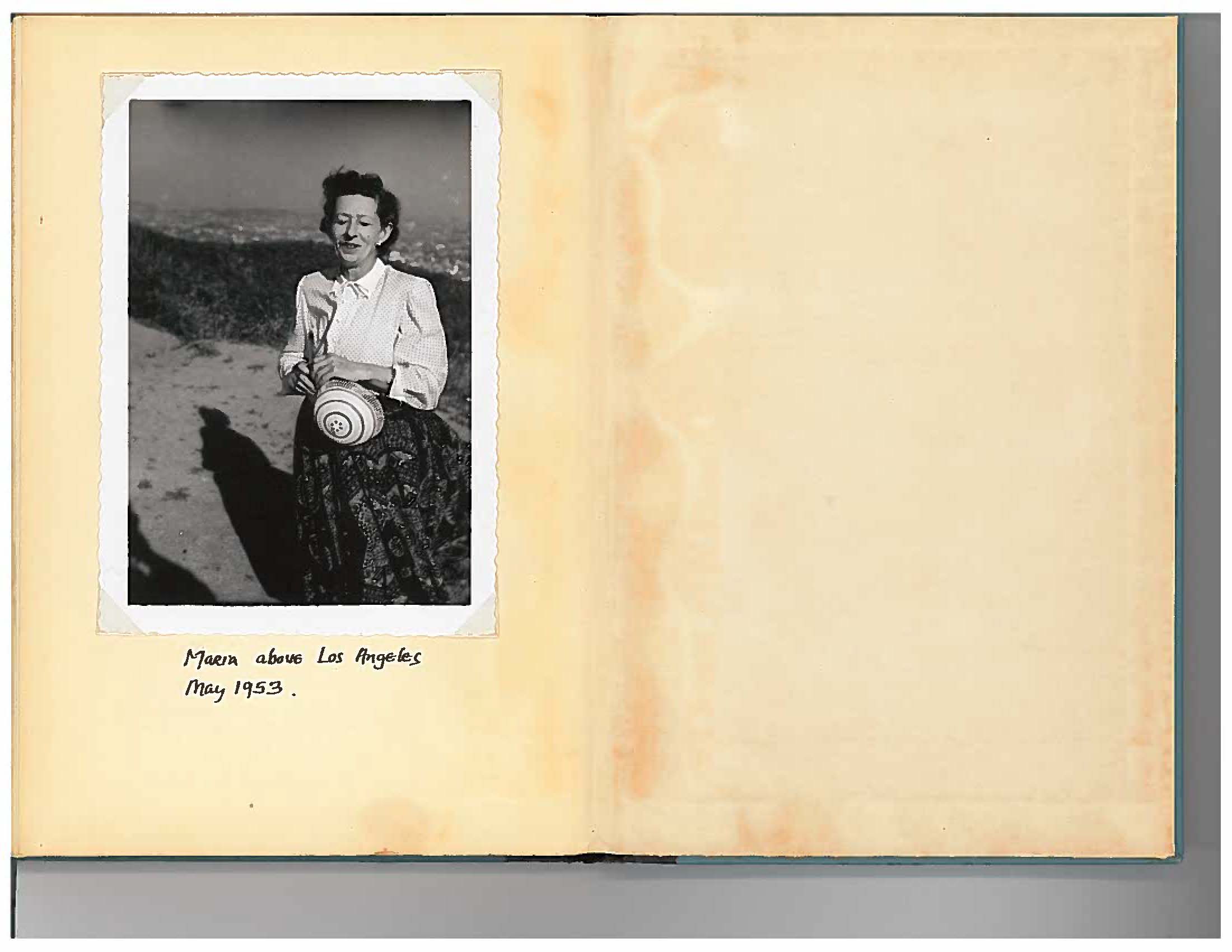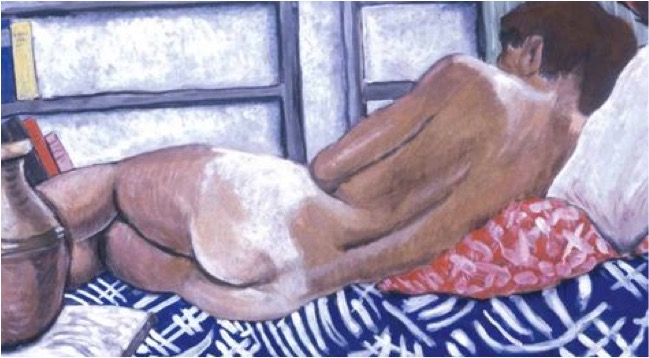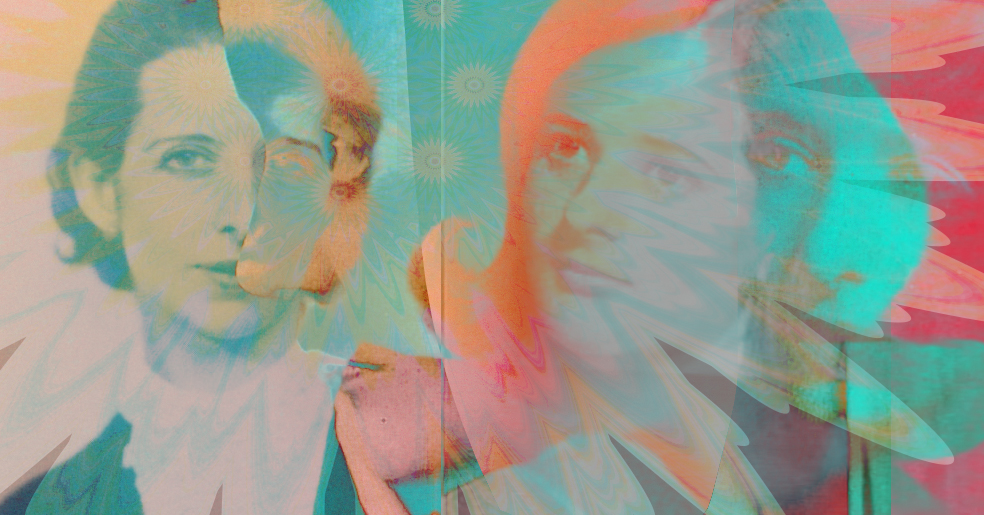- Meet Chacruna at Psychedelic Science 2025 - May 27, 2025
- Psychedelics and Attachment: Fundamentals, Implications, and New Frontiers - May 16, 2025
- Development Outreach Internship (OPEN) - May 6, 2025
- Introduction to Women and Psychedelics - July 26, 2024
- Global History of Psychedelics: A Chacruna Series - October 4, 2023
- Can Psychedelics Promote Social Justice and Change the World? - August 30, 2021
Chacruna interviews historian Erika Dyck, who was invited to come join us on the Women and Psychedelics Forum, but whose agenda did not allow. The interview addresses some of the historical attitudes about women in psychedelics, based on her research. She has studied an earlier generation of psychedelic science from the 1950s and 1960s. Dyck is the author of Psychedelic Psychiatry: LSD from Clinic to Campus; and editor of A Culture’s Catalyst: Historical Encounters with Peyote and the Native American Church in Canada; and forthcoming book, Psychedelic Prophets: The Letters of Aldous Huxley and Humphry Osmond.
1. What are women’s historical contributions to the field of psychedelic science?
Some husbands confessed to me later that they were scared and wanted to experience something with the person they trusted most.
In my research into 1950s experiments, women were central, but often invisible, contributors. A large number, maybe a majority, of early experimenters had their first experiences with their wives. Some husbands confessed to me later that they were scared and wanted to experience something with the person they trusted most. Wives helped them write up their experiential reports, and often sat with other volunteers in subsequent sessions as experienced sitters or guides, even before that terminology became more commonplace. In my research, however, none of these wives ever appeared on a published paper or report, and some were not even identified by name. Mrs. Al Hubbard, for example, seemed to have sat in on at least as many sessions (maybe more), but her first name is not even recorded, yet Captain Al Hubbard became infamous for his role in this history. Maria Huxley, Aldous’ first wife, was a major influence on him, and pushed Aldous to more deeply explore parapsychology and Indigenous rituals, largely through her own network of women.

2. Can you tell something more about those “wives” who were so critical to that early research?
It is probably difficult today to fully appreciate what it might have been like to live as the wife of one of the early psychedelic enthusiasts. The 1950s are not held up as a moment of progressiveness for women in the workplace or for finding (or being discovered for) their public voices; it seemed that the 1960s generation overshadowed any such strides that 1950s women might have presented. But, imagine a time when a single-family income was more the norm, and where the family income was indeed that. There seemed to be a sense of partnership and shared responsibility for the husband’s success; in this case, his research. I don’t want to romanticize or overshadow some of the obvious pitfalls with this logic, but I think it is important for considering how men like Aldous Huxley, Al Hubbard, Humphry Osmond, and others relied on their wives for providing absolutely critical feedback on their work, almost as an expectation. This too is not to cast these men as monsters, but it is an attempt to contextualize the husband-wife partnership in the 1950s, and especially in a moment where these men felt quite vulnerable. It also, I think, helps us to recognize the vital contributions that women have been making to this field for a long time.
Each of these men had their first “psychedelic” experience with their wife. Each later confessed to being nervous and apprehensive, but calmed by the presence of their loving partners.
Each of these men had their first “psychedelic” experience with their wife. Each later confessed to being nervous and apprehensive, but calmed by the presence of their loving partners. Some of these women later recorded their own feelings too. Rose Hoffer (Abram Hoffer’s wife) remembered mostly feeling sick and worried that this would ruin the experiment, when it turned out that several other people had also felt nauseous, but were uncomfortable admitting it. Ellen (Matthew Huxley’s wife, son of Aldous Huxley), coaxed her husband through a difficult first experience, and later took a real interest in recording their subsequent reflections about that moment as a way to catalogue the insights they gained. Indeed, it was she who kept up the correspondence. Mary Agnew, wife of psychologist Neil Agnew, remembers agreeing to try LSD with her husband to ease him into the experience, and how he invited her to then help to guide subsequent students and volunteers in his lab after that day. He told me (in his 90s) that she was the best guide there was.
I am only speculating, but it strikes me that these women may have been instrumental in helping their husbands feel more confident about their work. Some clearly helped to articulate the experience, lending credibility to the vocabulary of the description and helping to create new frameworks for understanding as they talked with each other and formed their own networks of support for one another, as well as for the men. Today, we might call this emotional labor, yet we still struggle with how to evaluate it.

3. How would the field of psychedelic science be impacted if there were more women?
My historical research suggests that women were almost always involved in the counseling sessions, recruitment, etc., but are very rarely identified in the published work
First, everything would be better if there was more diversity of experience and understanding. Psychedelics, like other historical examples of medical experimentation, were, and still are to a large extent, dominated by men, and, I think, this also lends itself to a culture of bravado, machismo, or a style of confidence in assertions that we don’t necessarily see from the women who are routinely involved in the experiments, or in the counseling sessions, though rarely as PIs. My historical research suggests that women were almost always involved in the counseling sessions, recruitment, etc., but are very rarely identified in the published work. The legacy of that history continues to distort our understanding of who does the work, and what kind of work is valued.
4. What is the structure of the majority of psychedelic research institutions and non-profits? Are they composed of men or women? What about their boards?
In Canada, our Minister of Science, Kristy Duncan, recently scolded post-secondary institutions for the lack of diversity in research chairs. She insisted that universities make up at least 30% of major-funded research chairs with either women, people with disabilities, or visible minorities. My major university had 17% diversity, according to this criteria. We all need to do better. I am not convinced that being a White male makes one more capable of original and innovative research. I am convinced that being White and male has had historical privileges associated with it that are now assumed rather than assessed.
5. How does women’s history of oppression inform their approach to psychedelic science?
It took a lot of courage to go into an LSD trial, especially in an era where most psychiatry and psychotherapy was done without any psychoactive substances at all.
Historically, women were first legally prohibited, and then culturally excluded, from public drinking establishments. This led to a serious distortion in the number of cases of women diagnosed with alcoholism who entered the 1950s generation of psychedelic trials for alcoholism. It was not that women weren’t there, but they received different kinds of therapy and were more often treated for depression or anxiety than for alcoholism. At that time, some of the conventional wisdom suggested that psychedelics offered an appropriate male therapy because it was potentially scary or even destabilizing. Practitioners even suggested that this was better suited for men who were attracted to bars where they could fight each other, and seduce women. It took a lot of courage to go into an LSD trial, especially in an era where most psychiatry and psychotherapy was done without any psychoactive substances at all.
Despite the outcomes, and the acknowledgment that this perspective was overblown, much of the early research concentrated on an ethos of bravery or a daring spirit that was explicitly designed to target men.

6. Your new book talks about letters between Huxley and Osmond, two men. How do women figure there?
It is true that this book falls into the trap of celebrating the male pioneers of psychedelics, but I am proud to say that the editorial team was also quite conscientious about capturing the additional letters, where possible, or notes, in some cases, written by the women in their lives
Yes – Psychedelic Prophets is a critical edition of the complete letters of correspondence between writer Aldous Huxley and psychiatrist Humphry Osmond; the two men who coined the word “psychedelic”. It is true that this book falls into the trap of celebrating the male pioneers of psychedelics, but I am proud to say that the editorial team was also quite conscientious about capturing the additional letters, where possible, or notes, in some cases, written by the women in their lives. Their wives—Jane Osmond, Maria Huxley and later Laura Huxley; Osmond’s young daughters (Euphemia and Helen), and Aldous’ daughter-in-law (Ellen): All of these women not only appear in references, but are woven into the lives of these men as they write about their research, but also of their families. Indeed, I hope that these letters might give us a glimpse into that historical moment, a mixture of curiosity and trepidation about what psychedelics might do for humanity. Some of that trepidation comes through in how they talk to the wise women in their lives, wives as well as others, like parapsychologist Eileen Garret, who features prominently in their letters. Despite the published names, they demonstrated a kind of deference and respect to their wives as confidantes and wise women who played an instrumental role in their work. I hope that will come across to readers too.
7. Where do you see the future of psychedelic science headed? Or where would you like to see it headed towards?
As a historian, I suppose it is cliché to say that I hope we learn from our past; but in this case, I think some of the lessons are clear. The lack of diversity in science is not just a problem for those of us interested in psychedelics, but in some ways, the stakes might be even higher. Many of the guiding principles behind psychedelic therapy embrace subjectivity, and encourage us to tolerate diversity of expression and experience. We need to then lead by example as a community of researchers who can bring this philosophy into practice as we train, research, and disseminate our findings with diversity in mind. We know that things like emotional labor are a critical part of this enterprise, and that binaries are indeed more fluid, and that the way we do or don’t feel secure in a space has a significant impact on how we experience mental health. I guess that means I would like to see members of the psychedelic science community champion these values and help set an example of how mental health care can be done.
8. Anything else you wish to say?
I wish I could go to the Women and Psychedelic Forum! I hope it is a wonderful meeting. Keep up the good work!
Note:
Opening image: Maria Huxley and Eileen Garrett.
Take a minute to browse our stock:
Did you enjoy reading this article?
Please support Chacruna's work by donating to us. We are an independent organization and we offer free education and advocacy for psychedelic plant medicines. We are a team of dedicated volunteers!
Can you help Chacruna advance cultural understanding around these substances?














